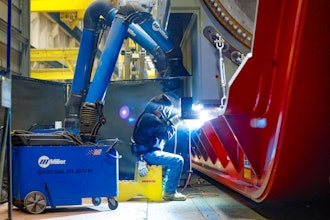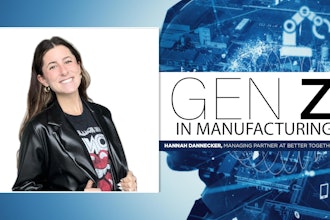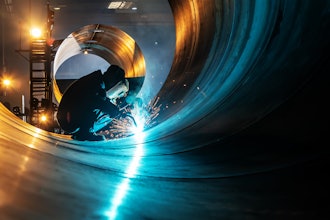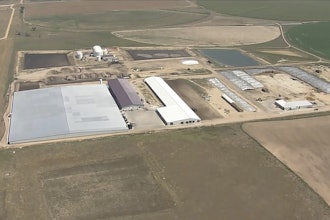
Software AG recently unveiled the findings of a survey of North American manufacturers primarily in the heavy industry and automotive sectors. It revealed that many are unable to scale their Industrial Internet of Things (IIoT) investments across their enterprises. Software AG believes this could be leading to the loss of millions of dollars in potential profits as they fall behind competitors that have invested in “enabling technologies that support IIoT across the enterprise.”
Additional findings include:
- Many manufacturers report that their IIoT investments are locked in one small department or sector of their company – preventing them from sharing the potential of IIoT across the enterprise.
- 80 percent of survey respondents agree that processes around IIoT platforms need to be optimized or they will face a competitive disadvantage, but very few are doing this.
- Over 55 percent of respondents cite a combination of communication protocols, diverse OT systems, security and uptime requirements, and change management as key inhibitors to integrating IIoT technologies.
- 84 percent of automotive and heavy industry manufacturers agree that the most important area of IIoT is “monetization of product-as-a-service-revenue.” However, optimizing production is still important, with 58 percent of heavy industry and 50 percent of automotive manufacturers agreeing with that statement.
- More than 60 percent of respondents stated that defining threshold-based rules was as difficult as integrating IT systems and IoT sensors into existing control systems.
- When assessing where the IIoT can have the most impact, Products as a Service ranked higher than new product development and optimizing maintenance or operations.
“Manufacturers place a high value on IIoT, but they are encountering serious difficulties in unlocking the complete intended value,” said Sean T. Riley, Global Industry Director, Manufacturing and Transportation, Software AG. “Fortunately, by investing in the right IT-OT integration strategy that leverages sensors, predictive analytics, machine learning, control applications and product quality control, manufacturers can fix this problem in less than 12 months while realizing other key benefits, namely extended equipment lifetime, reduced equipment maintenance costs and accessing more accurate data for production-quality improvements.”
Riley outlined five best practices for manufacturers to follow when looking to scale their IIoT investments across their enterprises.
- Ensure clear collaboration between IT and the business by leveraging a step-by-step approach that starts focused and has clear near-term and long- term objectives.
- Create a transparent roll-out process and don’t let other plants or departments move ahead outside of it.
- Give IT the ability to connect at speed with a digital production platform that is proven to be successful.
- Leverage a GUI-driven, consistent platform to enable an ecosystem of IT associates, business users and partners around the platform.
- Enable plant or field service workers to work autonomously without ongoing support from IT through GUI-driven analytics, centralized management and easy, batch device connectivity and management.
Riley also stated that it is critically important for manufacturers to select the best possible IIoT integration platform supported by key enabling technologies like streaming analytics, machine learning, predictive analytics and a larger ecosystem.
Cumulocity IoT is Software AG’s cloud-first and fully extensible IoT platform that lets customers start quickly and scale rapidly. Being device and protocol agnostic allows to connect, manage and control any "thing" over any network. Cumulocity IoT is open and independent, letting customers connect to millions of devices without being locked into one single vendor.
To get a look at the full report, click here.






















